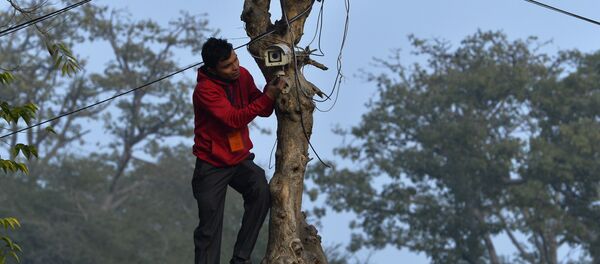Dark Trojan Horses
Fraud related to online banking and banking applications is among the threats which have already spread, and which will continue to flourish.
There are several hundred trojan viruses in existence that take control of banks' mobile applications, SMS and phone calls. With their help, attackers can make bank transfers to their accounts from the those of their victims. Such programs can overlap the interfaces of more than 100 legitimate banking and financial applications. This means that a user can initiate and confirm financial transactions, not even noticing that something is wrong.
It isn't just online bank customers who need to keep their eyes peeled. Recently, cybercriminals have started to attack cash machines more frequently. One of the latest scandals happened in Thailand in July, when more than two dozen Government Savings Bank ATMs were infested with malware through fake bank cards. As reported by Bangkok Post, five people from Eastern Europe were involved in this theft of more than 12 million baht (US $340,032.36) in six of the country's provinces.
Rise of the Machines
Criminals are also able to block vehicles connected to the Internet, in order to extort money from the owners for returning access to them; ransomware has also affected computers, laptops and smartphones.
The All-Seeing Eyes of Webcams
It is not even necessary that the intruder's plans include visually spying on you. Most commonly, smart devices become parts of botnets. Short for robot networks, botnets are made up of many software agents that are controlled remotely and often used for DDoS (distributed denial-of-service) attacks — crashing systems that belong to big companies or the government.
Video cameras are the least protected devices, which makes them an easy target for attackers. In late September, a US-based security company, Sucuri, reported on defeating a botnet attack, which consisted of 25,000 CCTV-cameras. In total, the cameras were creating up to 50 thousand HTTP-requests per second, paralyzing the work of the attacked site.
Internet-connected gadgets are used not only for attacks, but also for a number of other tasks, such as sending spam. Additionally, cameras, routers and even smart refrigerators can become a part of a botnet. The situation is exacerbated by the fact that such devices are not so easy to detect and "cure." Users are advised to update their gadgets' firmware in a timely manner and use more complex passwords.
Cyberterrorism
Stuxnet, a malicious computer virus, is considered to be a jointly built American-Israeli cyber-weapon which was used to disrupt the Iranian nuclear project. It was created to gain control of Siemens automation systems, one of which was used in Iran's program. Stuxnet ended up destroying a thousand centrifuges for uranium enrichment.
Drones
Quadrocopters can also be a danger when used by attackers instead of suicide bombers. In theory, drone attacks can be accomplished at the airport while planes are taking off, or on hazardous roads.
Of course, this is not a complete list of the potential threats caused by the huge amounts of gadgets surrounding us. In fact, any system connected to the Internet can be attacked by hackers and used for their personal purposes. That is why cyber security deserves our attention in the nearest future.





